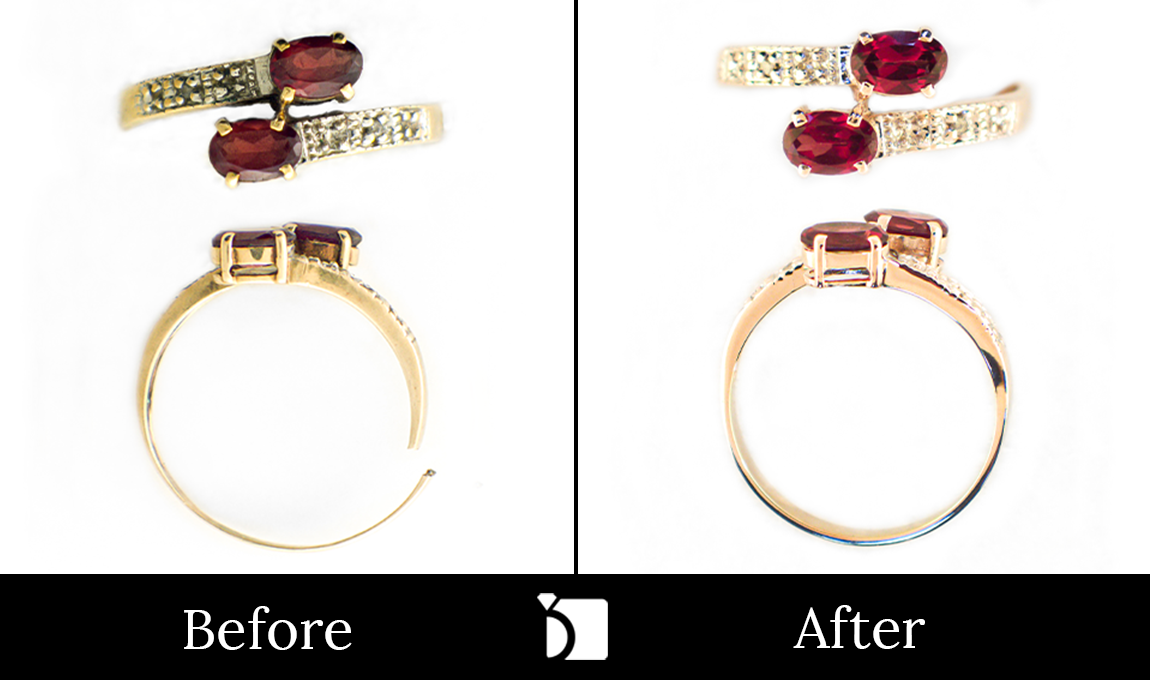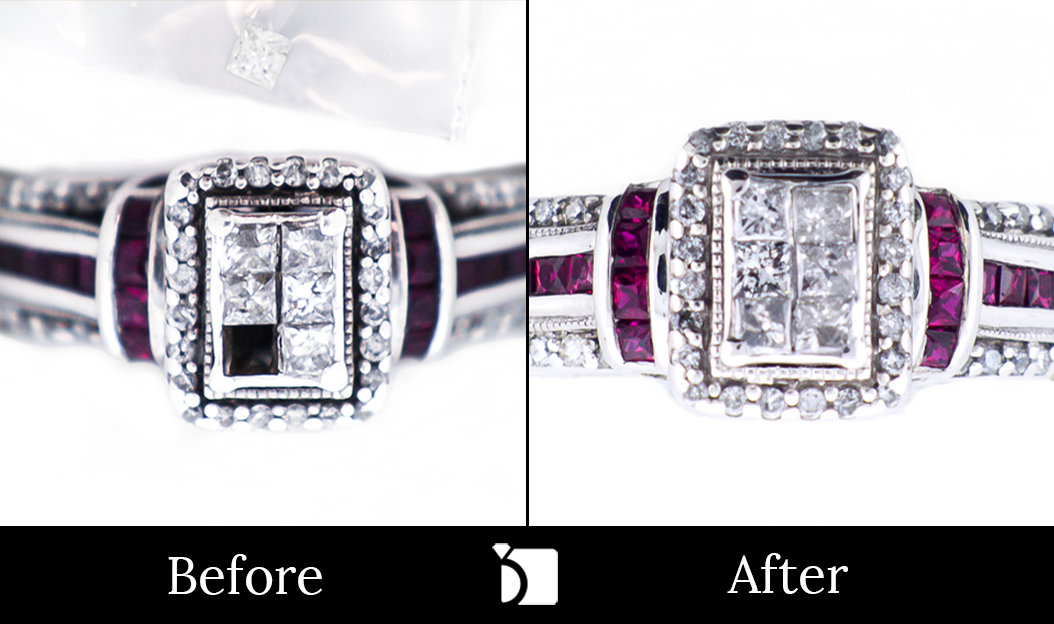
Everything you need to know about RUBIEs
Unlock the timeless allure of rubies with our Ultimate Ruby Guide – your definitive resource for everything you need to know about these captivating gemstones!

The Ultimate Guide to Rubies
Rubies, Red as a Rose
Rubies, the gemstone of love, are renowned for their striking hardness and vibrant hues, ranging from pink to deep red. Across various cultures, rubies symbolize luck, possess healing properties, and boost self-confidence. Delving deeper into symbolism, medical astrology suggests that wearing a ruby can restore vitality, improve eyesight, and enhance blood circulation.
At My Jewelry Repair, our passion for rubies inspired us to create this Ultimate Ruby Guide. We hope you find this guide to be an informative and comprehensive reference, whether you’re shopping for rubies or caring for the ones you already own.
“Enter a mine of rubies and bathe in the splendor of your own light.” – Rumi
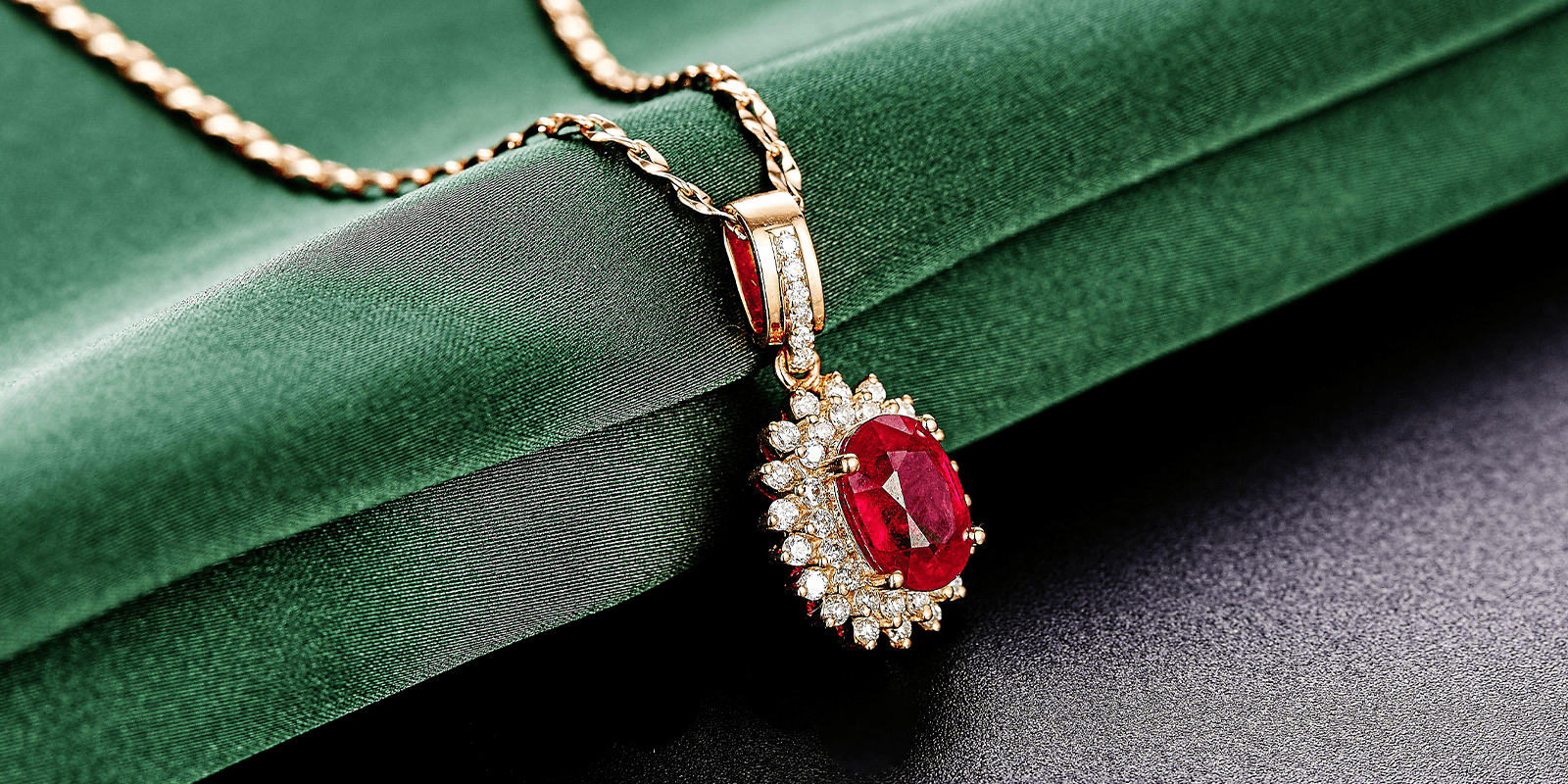

What Features Should We Look for in a Ruby?
What Makes a Remarkable Ruby?
Rubies are among the most expensive gemstones, with record prices exceeding $1,000,000 per carat. They are often subjected to more treatments than almost any other gemstone.
The Four C’s
When discussing the anatomy of a ruby, we turn to the 4 C’s:
CUT
- The cut of a ruby is critical to its overall appearance and value.
- Rubies are typically cut with great precision to minimize natural fractures and maximize brilliance. Unlike diamonds, rubies are often found in flat, hexagonal shapes.
- A quality cut can enhance the ruby’s natural beauty and protect it from damage and wear, making it a striking piece in any jewelry collection.
CLARITY
- Inclusion-free rubies are extremely rare, and experts generally expect to find some inclusions in natural rubies.
- The value of a ruby is significantly influenced by the visibility of these inclusions.
- Inclusions that reduce transparency or brightness can lower the value of a ruby, whereas less noticeable inclusions may not have as significant an impact.
- The clarity of a ruby is a testament to its natural formation and can add to its unique character.
CARAT (WEIGHT)
- Ruby size can vary significantly in terms of weight and density.
- While rubies come in a range of sizes, fine rubies over 1 carat are exceptionally rare and highly prized.
- The larger the ruby, the rarer it becomes, and therefore, more valuable. However, it’s not just the size that matters; the quality and color of the ruby also play crucial roles in determining its overall worth.
COLOR
- Color is the most crucial factor among the 4 C’s when it comes to rubies.
- Fine rubies exhibit a vibrant red or slightly purplish hue, known as “pigeon blood red,” which is considered the most desirable.
- Rubies that are more orange or have a pronounced purple hue are generally lower in value.
- The color of a ruby is a major determinant of its appeal and price, with the most intense and pure red hues being the most sought after.
In summary, when choosing a ruby, consider the cut, carat, clarity, and color to find a gemstone that is not only beautiful but also a true reflection of its remarkable qualities.
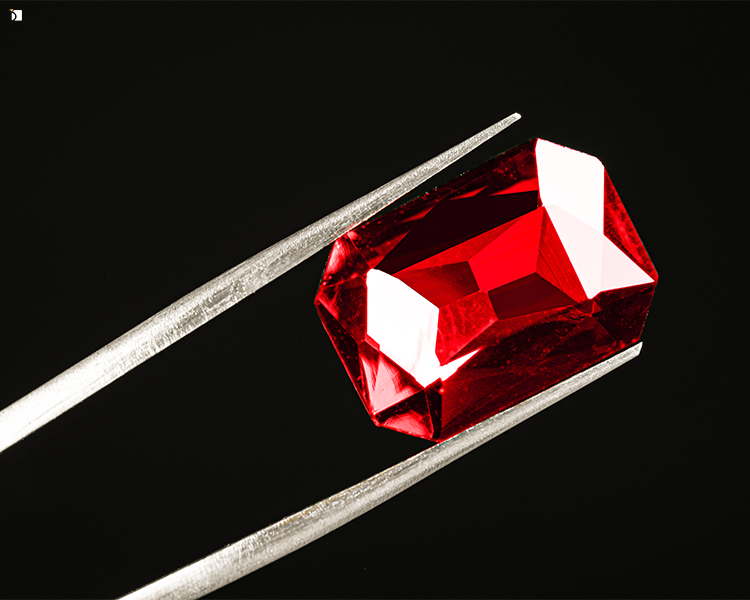
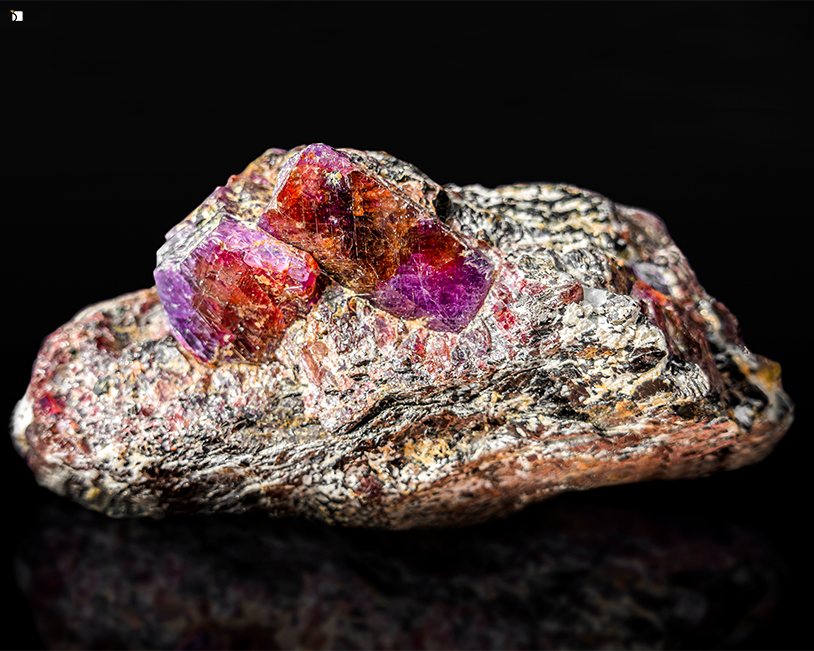

Natural vs. Lab-Created Rubies
The “Real” and the “Fake” of Sparkle & Brilliance
Let’s discuss an important trend in the jewelry industry: lab-created gemstones.
What is Considered “Real” and What is Considered “Fake” When it Comes to Rubies? Lab-created gemstones are common today, and rubies are no exception. Lab-created rubies are made by combining specific minerals, resulting in their signature fiery red color.
Flame fusion rubies are among the most inexpensive synthetic options and are produced quickly. The differences between lab-created and natural rubies can generally only be identified by an expert.

Features of Rubies
What Makes a Ruby?
Rubies are composed of corundum, a crystalline form of aluminum oxide. Formed under extreme heat and pressure beneath the Earth’s surface, these gems emerge with their stunning beauty.
Corundum initially appears colorless, created by densely packed oxygen and aluminum atoms. When these aluminum atoms are replaced by other elements, the gemstone transforms and gains its color.
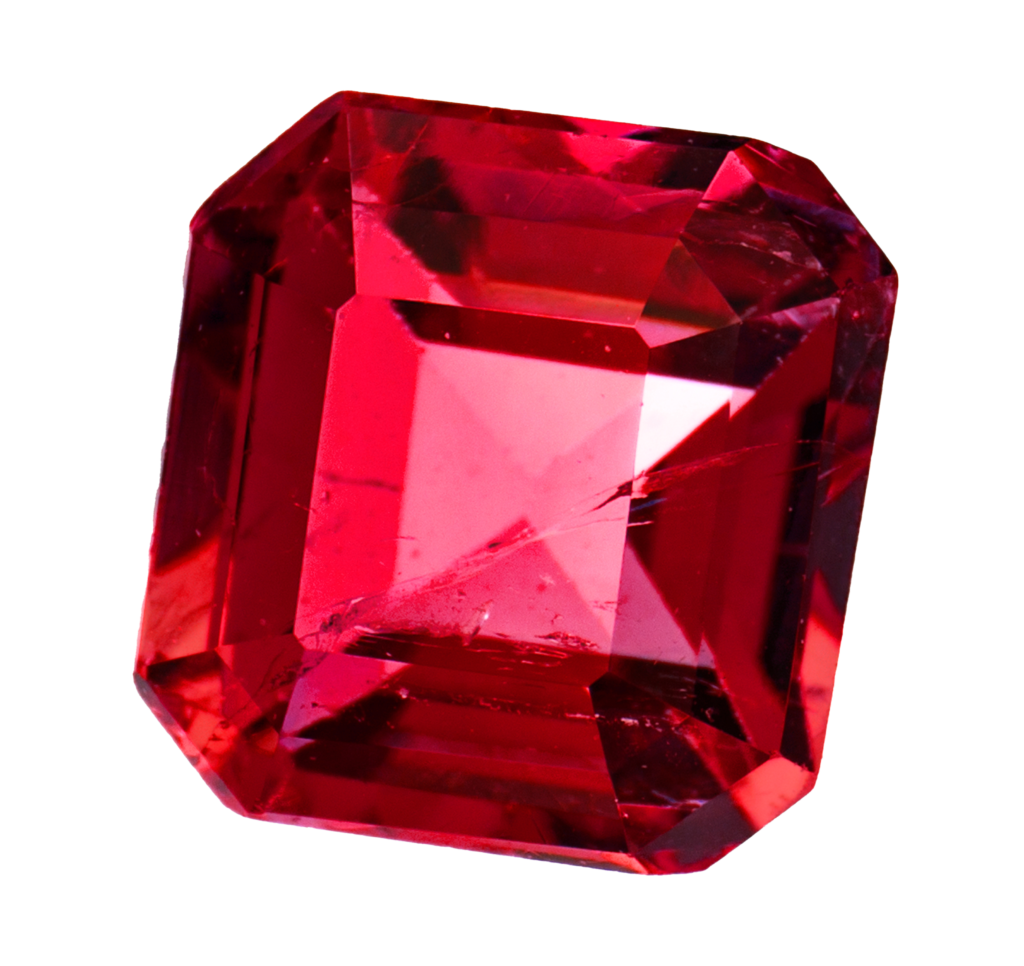
Rubies are one of the four precious gemstones, alongside diamonds, sapphires, and emeralds. Rubies also share the corundum gem family with sapphires.
There are no other colors of rubies in the world in existence besides red and pink.
Rubies exist only in shades of red and pink. Their vibrant red hue is due to the presence of chromium. The more chromium in the stone, the redder it appears. In some cases, high chromium levels can give the ruby a deep red color with hints of purple or blue under certain lighting conditions. Ironically, chromium also contributes to the rarity of rubies, as it causes fissures and cracks within the gemstone. This chemical paradox makes high-quality rubies in large sizes extremely rare, driving their value even higher than that of diamonds.
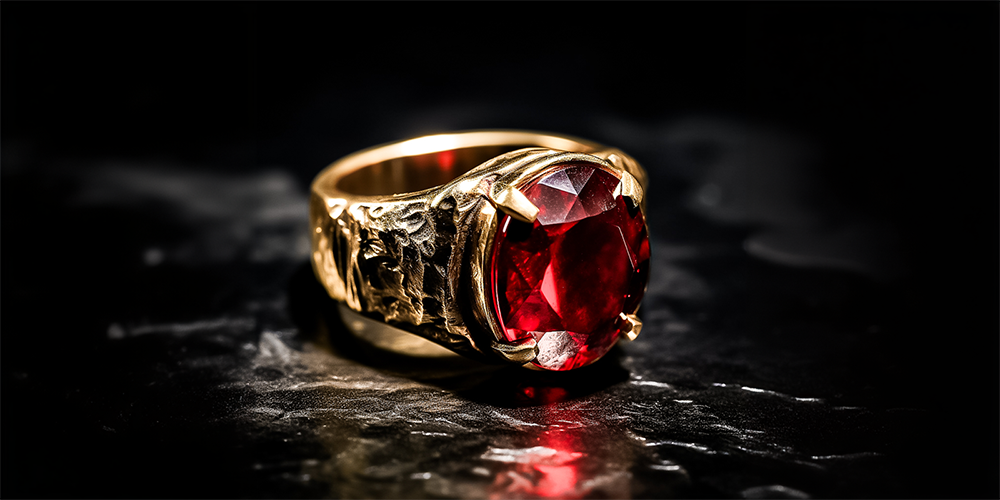
A Brief History and Symbolism of Rubies
Cultural Significance: Rubies in Lore and Legend
The first rubies were reportedly discovered in Burma (Myanmar) around 600 A.D. This region remains a significant source of rubies, although it has been marred by the world’s longest civil war. Consequently, rubies from this area are sometimes referred to as “Blood Rubies,” akin to the term “Blood Diamonds” from West Africa.
Today, rubies are also mined in Vietnam, Tanzania, Mozambique, India, East Africa, the Middle East, Thailand, and the United States. Each region produces unique varieties of rubies, with five major types being the Burmese ruby, Thai ruby, Mozambique ruby, Madagascar ruby, and Tanzanian ruby, all highly prized in jewelry.
While the first recorded discovery of rubies was in 600 A.D., these gems hold special significance in texts predating that time, spanning various cultures and religions.
- Judaism: In the wisdom tradition, rubies have long been associated with wisdom, as mentioned in the Book of Proverbs.
- Judeo-Christian Tradition: Rubies are referenced throughout sacred texts. For instance, in the Book of Revelation, it describes: “The one who sat there had the appearance of jasper and ruby” (Revelation 4:3).
- Hinduism: In Sanskrit, the ancient language of Hinduism, the ruby is called Ratnaraj, or “king of precious stones,” signifying its supreme status among gems.
Throughout history, radiant red rubies have been associated with good fortune, health, wisdom, and success in love, particularly in Medieval Europe. Some believe rubies possess healing powers, protecting their owners from harm and illness. These powers were thought to include regenerating the physical and spiritual heart, enhancing circulation, and strengthening immunity for both body and mind. While these beliefs are ancient, the ruby remains one of the strongest gemstones, second only to the diamond.
Rubies continue to captivate hearts and minds across cultures and ages, making them a timeless and cherished gemstone.
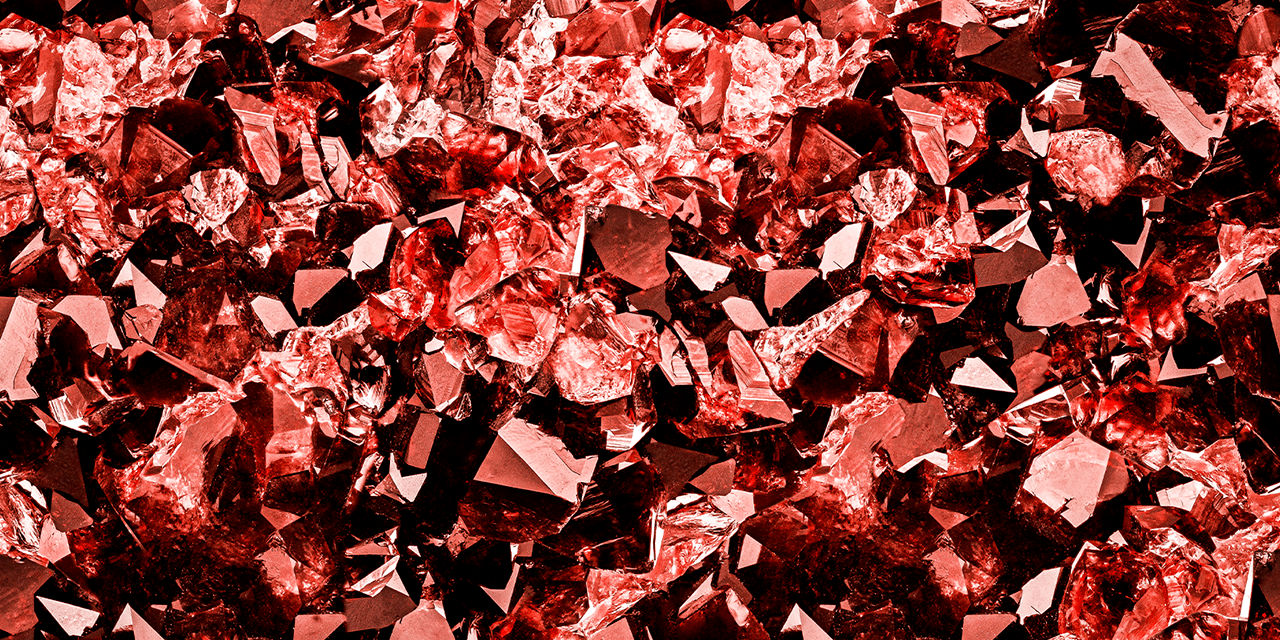

Picking the Perfect Ruby for Your Jewelry
Sparkle and Brilliance to Fit Your Personality
Ruby characteristics and the jewelry that showcases them should reflect your unique personality.
- Consider what type of jewelry you’re incorporating rubies into – a ring, a tennis bracelet, a necklace, or earrings?
- Choose the precious metal you prefer and find the one that looks the most aesthetically pleasing.
- Think about the cut you want and what looks best to you.
- Decide if the ruby will be featured alone or if the piece will have side stones accompanying the ruby.
Each of these questions will help you select the perfect ruby for your setting and better visualize the look you’re trying to achieve.
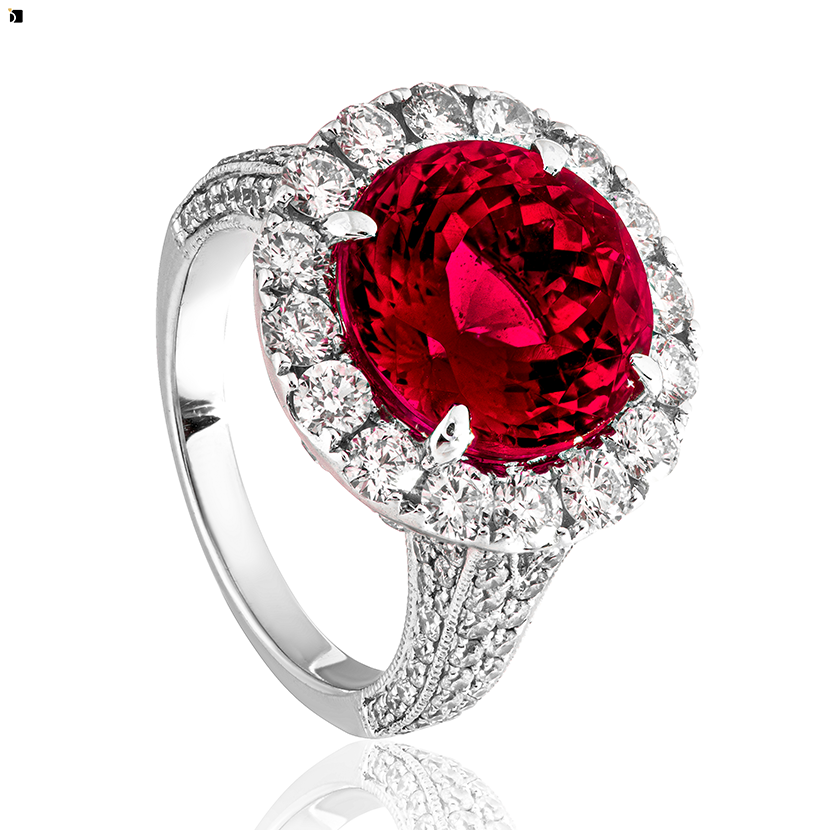
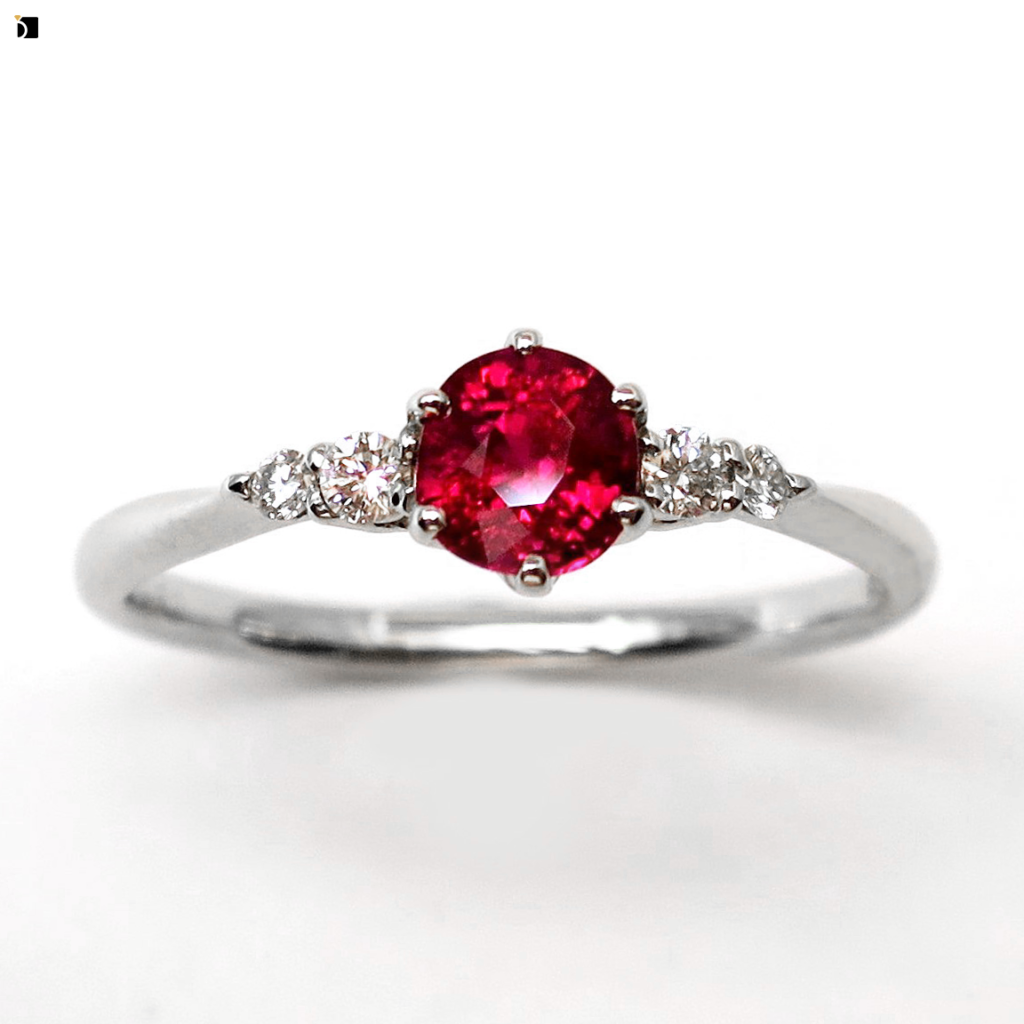

Caring for Your Rubies
Keeping the Sparkle and Brilliance
Rubies are durable gemstones, resistant to heat, light, and many chemicals. They can even endure ultrasonic and steam cleaning treatments. However, rubies with fractures and cavities should be polished with a damp cloth. Soak them in warm, soapy water and use a soft cloth for the final polish.
Our At-Home Step-by-Step Cleaning Process
- Clean and polish your rubies once a week.
- Soak your ruby jewelry in warm, soapy water. For finer gemstones, use a soft-bristled toothbrush to gently remove dirt and oil.
- If using a sink, remember to block the drain to prevent any mishaps.
- Avoid using toothpaste and other strong cleaning agents, as these are abrasive and can damage your rubies despite their durability.
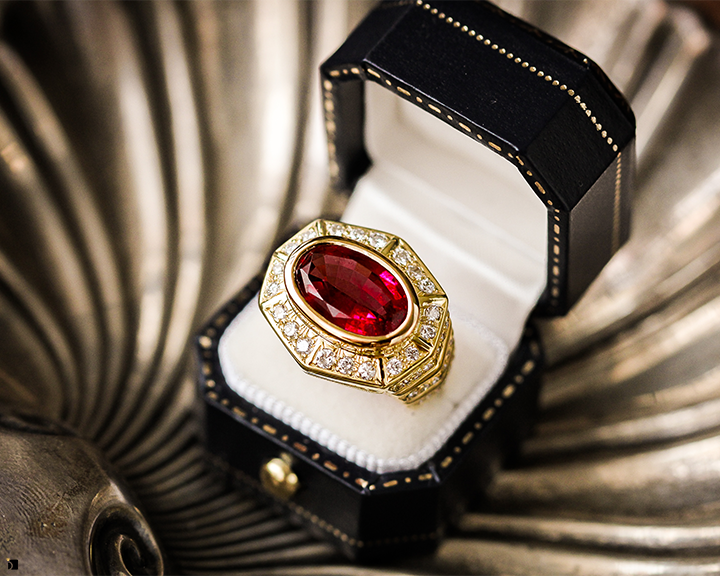
A Step Further in Ruby Jewelry Care
We recommend professional cleaning, polishing, and inspection of your ruby jewelry every six months. My Jewelry Repair is your go-to source for these services. We will also inspect the setting to ensure your jewelry remains in excellent condition. Let us help you keep your rubies looking brand new.
Visit our Ruby Replacement page for more information or to create your first repair order.
Originally Published January 17, 2022, Updated and Revised June 28th, 2024

Revive Your Treasured Ruby Jewelry
Are you considering the restoration of a beloved piece of ruby jewelry? You’ve found the perfect place to revive cherished memories.
Rubies breathe life into any piece of jewelry but are also prone to wear and tear. Whether you’re dealing with a loose, lost, or scratched ruby, we take the revitalization of your precious items to heart. No matter the damage, we are committed to making your ruby jewelry shine as brilliantly as the day it was first worn.
Our team of specialists is equipped to meticulously source the precise type of ruby needed for your valued piece. We recognize that each gemstone is unique and demands careful, specialized attention. Our Professional Stone Sourcing team ensures that every replacement stone matches the original in quality and fit.
Explore our Gemstone Replacement Services page to learn more about how we can help restore your ruby jewelry to its former glory.
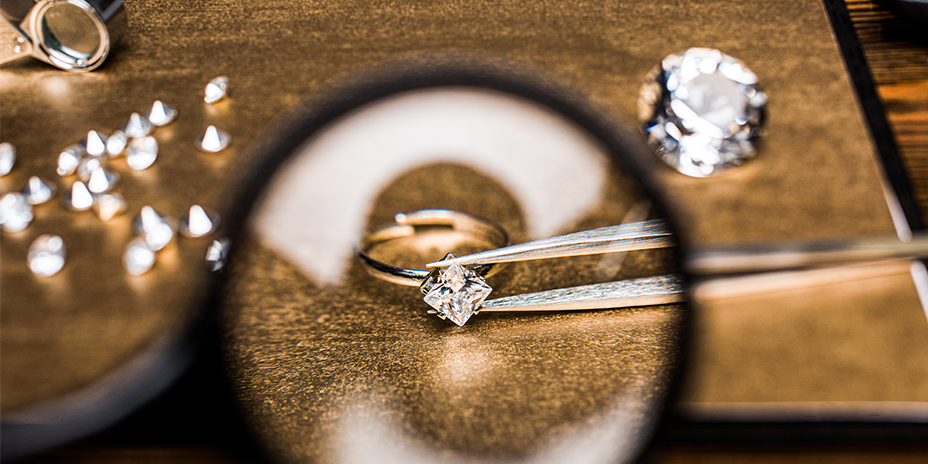

Resources:
- Ruby Birthstone Information: https://www.americangemsociety.org/
- Ruby Birthstone Information: https://www.gia.edu/
- July Birthstone Information: https://www.gemsociety.org/
Have Questions?
Clean & Polish Services
A basic clean, polish, and inspection is part of the routine care and maintenance needed to keep your jewelry looking like new. The inspection process includes looking for loose stones, bent prongs, and any damage to the metal or stones that need to be repaired.”
Stone Setting Repair
“A stone setting repair can be a simple re-tipping of a worn prong (which is considered routine care and maintenance) or the complete rebuilding/replacing of a damaged prong. In the case of severe damage, the entire head of the ring may need to be replaced.
Regardless of whether or not the prongs are compromised due to normal wear and tear or a result of accidental damage, we can provide the routine care and maintenance in order to ensure you do not lose a stone in your setting.”
Ruby Replacement Services
“The process of a Ruby Replacement is simple enough, yet requires trained eyes to be able to make a flawless switch. We aim to leave no trace of our work, which means not only will your setting be perfected, but the emerald we choose will complete your jewelry piece effortlessly.”
Invisible Setting Repairs
“A centuries-old, originally French technique, invisible set gemstone jewelry (aka the Invisible Setting), is one of the most beautiful setting types available. It involves the process of setting stones side-by-side, hiding the metalwork underneath, which can give the appearance of a larger stone. This technique creates an uninterrupted flow in the gemstones, thus producing the coveted “Invisible Setting”.
We hand-select master jewelers who not only know how to perform an invisible setting repair but are specialists in the art of this technique. Your special accessory will be placed in the hands of a professional who appreciates the difficult process of making your invisibly set jewelry as perfect as possible.”
The Glue Method is not a practice we subscribe to at My Jewelry Repair.
Ruby Gemstone Services
“The most trusted way to identify if your ruby is real or not is to have it inspected directly by an experienced jeweler. My Jewelry Repair happens to have Master Jewelers, who have long-term experience with rubies, as well as the equipment needed to work with any type of gemstones.
Depending on where you purchase your ruby, individual companies may provide a Ruby Certification that confirms the quality of ruby, accurate information on its grade, and ownership verification. This also can be referred to as the 5th C when evaluating rubies.”
The Ultimate Birthstone Guide
“If you were born in July, your month’s birthstones are Ruby and Onyx.
If you didn’t already know, there are some months that have multiple birthstones, whereas some only have one. Traditional birthstones are gemstones that were most commonly associated with its respective month in the early 20th century and even beyond, with Ancient Greek and Roman philosophers associating these gemstones with the star signs. Those that are more commonly known in this day and age are the modern birthstones, which were officially named by the Jewelers of America in the 1950’s.
If you would like to learn more about birthstones in general, visit our Ultimate Birthstone Guide!“
Contact Us
“If you would like to learn more about rubies or inquire about a specific one, feel free to contact us on our website to learn more.
This is the best Ruby guide out there to learn from, unless of course, you’re looking for the Pokémon Ruby Walkthrough. We can’t help you catch them all as a jewelry and watch repair company, but we sure can restore them all. If your ultra ball is broken, we can fix that!”
Explore the Magic of Our Ruby Services!
We are proud members of the

Our team includes gemologists certified by


